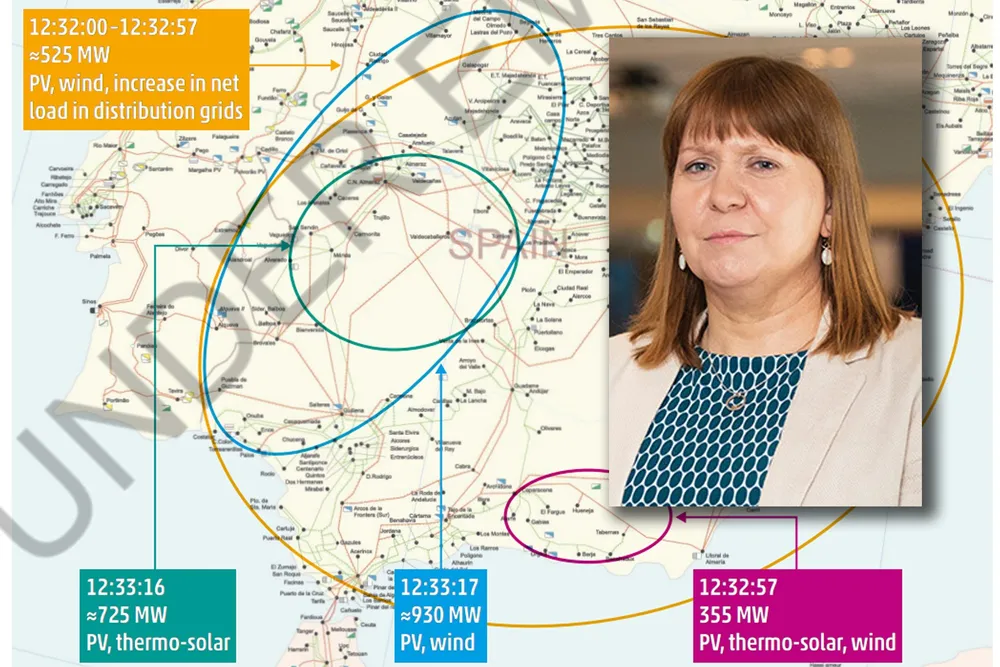Lack of control: What the experts say about the massive Iberian power outage
Overvoltage protection was triggered, disconnecting a series of power plants from the grid in the seconds before Spain and Portugal lost power in April. The core problem was the lack of requirements for voltage control, according to a new report

This is one of the findings of the expert group appointed by the European system operators' association (ENTSO-E). At a press briefing on Friday morning, the group presented the facts about what happened before and during the power outage.
Prior to the outage, several measures were implemented in the grid to reduce the initial frequency oscillations, but according to the report, these also led to an increase in voltage in the Spanish grid.
Information still missing
During the first minute when the outage actually occurred, 208MW of solar and wind power were disconnected from the grid, while demand increased by around 317MW. Why the latter happened remains partly unclear. The experts point out that it may be due to a number of small solar installations being disconnected, a general increase in demand, or a combination of these factors.
Then events unfolded rapidly. Within 20 seconds, up to 2.2GW of solar and wind power disappeared. Overvoltage protection was triggered and shut down a transformer in the Granada region.
Afterwards, a number of other nodes were disconnected from the grid in quick succession. At one point, the voltage in the grid exceeded 435kV. Over-voltage protection is designed to disconnect equipment if voltage exceeds this limit, to prevent equipment damage. The upper operational limit is generally 435kV for 400kV systems.
The report states that in some cases, the reason for the disconnections was the activation of overvoltage protection. However, in many cases, the experts still do not know what happened.
One explanation for this is missing data. The report shows that a number of parties have not been able to share data with the investigators, simply because they have not stored such information.
In addition, there are eight parties who have refused to provide information.
Lack of requirements for voltage control
At the press briefing, the expert group explained that the cause of the power outage was not that there was too much solar and wind power in the system.
Rather, the problem was that there were no requirements for voltage control, which must function at each individual plant. In practice, it is the authorities who must set such a requirement.
The rate of change of frequency (RoCoF) remained within +/- 1 Hz/s right up until the voltage increased sharply in southern Spain and Portugal. In the following seconds, the system defence plans were not strong enough to withstand what the report describes as a “cascade” of production losses, which in turn led to the frequency dropping.
The ENTSO-E report presented today contains only the facts about what happened. The expert group will, during the first quarter of next year present another report, which will explain the causes, evaluate the behaviour of the parties involved, and delve deeper into what happened. Only then will they draw final conclusions about the incident.